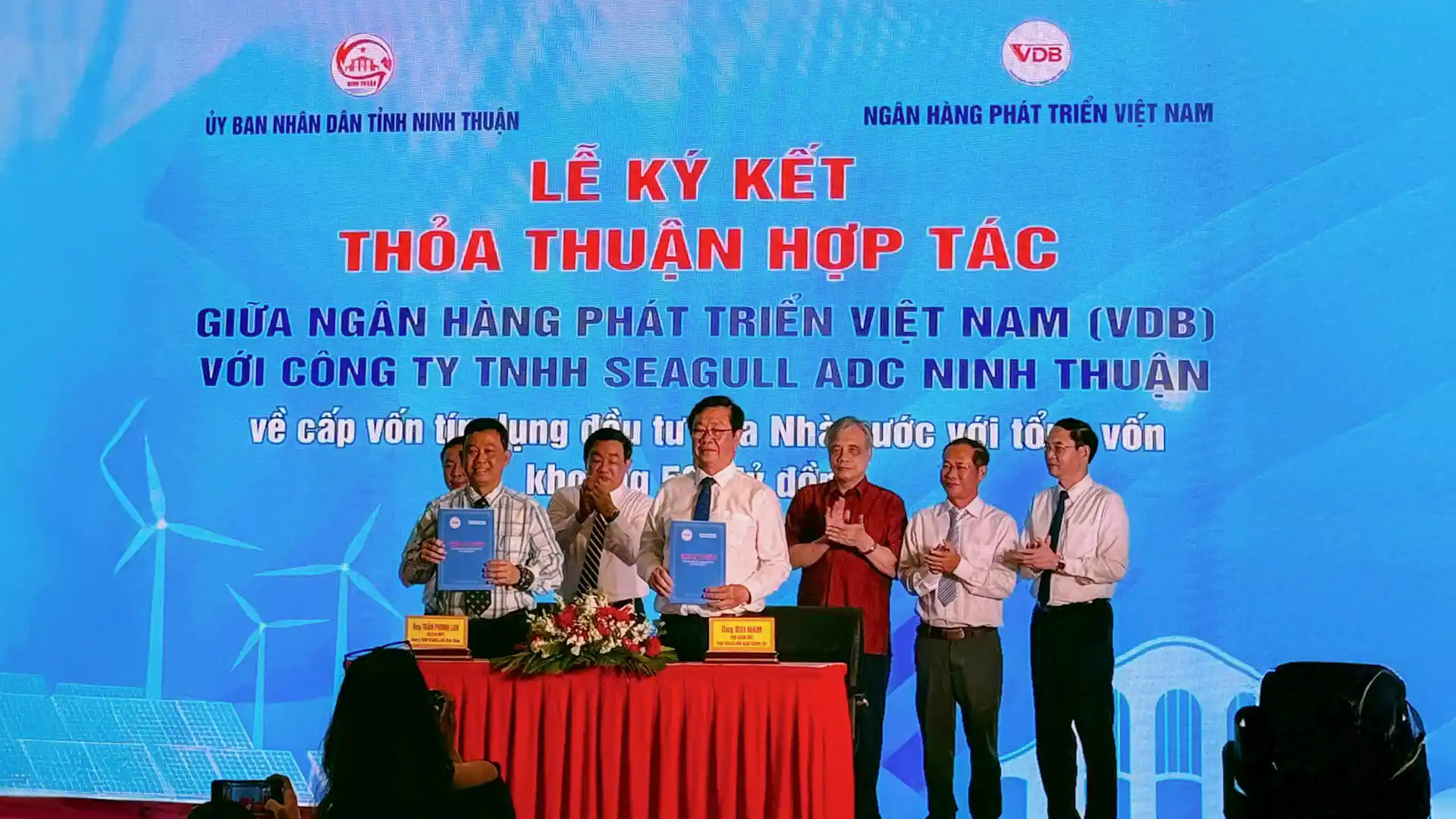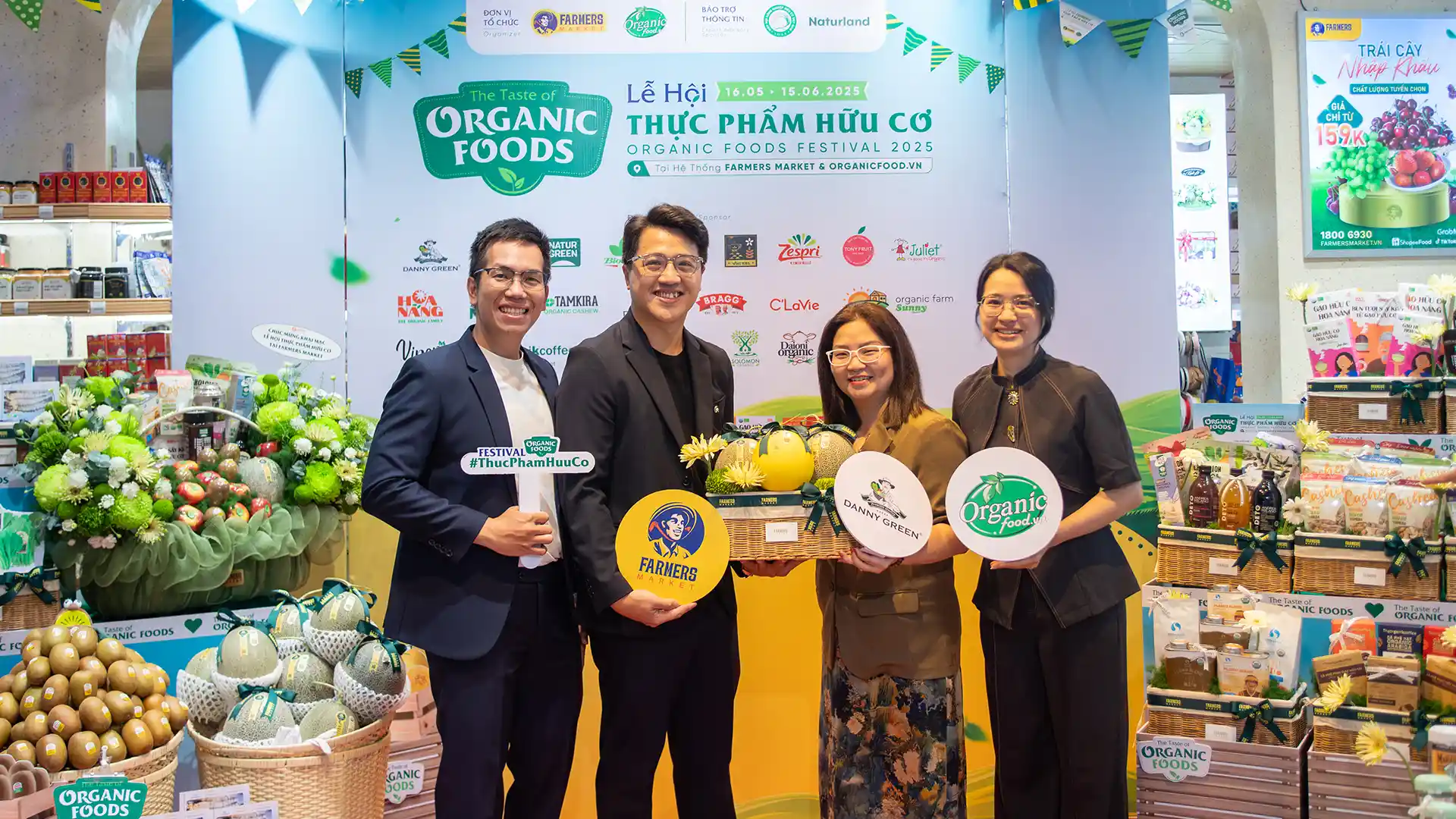In addition to Vietnam, other Asian countries also celebrate the Mid-Autumn Festival in very interesting ways.
Mid-Autumn Festival, also known as the Reunion Festival, is one of the most important traditional festivals in many Asian countries. Every year, on the full moon night of the eighth lunar month, people in Asian countries in general and Southeast Asia in particular celebrate this festival in their own way. Mid-Autumn Festival is not only an opportunity to organize fun activities and family connections, but also an opportunity to enjoy typical dishes. Let’s learn about the unique Mid-Autumn Festival traditions of each country in the region!
Vietnam:

In Vietnam, Mid-Autumn Festival is considered the most important family and children’s festival of the year. Locally, wards and communes often organize collective activities such as making star lanterns, performing lion dances, playing traditional games, decorating the Mid-Autumn Festival tray and celebrating the moonlit night. In the family, everyone will gather after meals and eat moon cakes together. Vietnamese Moon Cakes have many other flavors but mainly two types: sticky cakes and baked cakes with vegetarian or salty fillings. This traditional cake has a quite sweet taste so it is often enjoyed with green tea. In the 4.0 era, people are caught up in the cycle of life, young people have to leave their families to work in cities and often cannot return home on Reunion, they choose to “reunite online” through video calling applications. They also express their feelings in their own way with gifts sent directly to their parents and friends.
Japan:

In Japan, the Mid-Autumn Festival is called Tsukimi, which means “watching the moon” and is an opportunity to give thanks for a good harvest. Japanese people often offer food to the gods and enjoy moon cakes called “tsukimi dango”. This cake is made from glutinous rice flour and has three small balls stacked on top of each other on a bamboo stick. Each cake represents a different type of moon. Tsukimi dango has a unique flavor and is enjoyed in a quiet and relaxing space, bringing the feeling of being one with nature and the full moon. Besides, Japanese people also enjoy seasonal fruits during the Mid-Autumn Festival such as persimmons, pears, and melons.
Korea:

In Korean culture, Mid-Autumn Festival is called Chuseok. This is one of the most important festivals in Korea, everyone in the family wears traditional costumes, participates in sacrificial rituals and enjoys delicious food. On Chuseok day, Korean people often make moon cakes called “songpyeon”. Songpyeon has a round shape and is made from glutinous rice flour. The filling is usually red beans, green beans or sesame seeds. The cake is cooked in a steamer over charcoal or dry grass fire, giving it a unique and attractive flavor. Besides songpyeon, Koreans also enjoy traditional dishes on Mid-Autumn Festival such as various types of pancakes, mixed vermicelli, stewed ribs and radish soup. In modern society, the number of people wearing traditional clothes on Chuseok is no longer large due to many inconveniences in daily life. Many Korean families also choose to travel on this occasion instead of holding traditional ceremonies because this is the second longest holiday of the year. They think this should be a time to rest with family instead of being busy with feasts.
China:

On Mid-Autumn Festival, Chinese people organize activities such as lighting lanterns, performing dragon and lion dances, and enjoying moon cakes called yuebing. The cake has a round shape, the outside is a thin and smooth crust, the inside is a filling that can be green beans, salted eggs, lotus seeds, pomegranate seeds, or pork. Yuebing cakes with rich fillings are often high in calories, so Chinese youth often tell each other about ways to eat moon cakes without getting fat, prioritizing low-calorie cake products or eating other traditional Mid-Autumn dishes such as fruits, pumpkins and nuts that are good for health. Besides traditional choices, young people also often gather with friends to eat grilled food and hot pot on this occasion. Many people who cannot visit family also choose a practical way to congratulate, which is to transfer money online to parents and friends.
Southeast Asia:

Other Southeast Asian countries such as Thailand, Malaysia, Indonesia and Singapore also have their own Mid-Autumn Festival traditions. Each country has different organization and typical dishes. For example, in Thailand, people often celebrate festivals of decorating lanterns and enjoying moon cakes called “khanom thuai”. Khanom thuai is a type of cake made from rice flour and filled with coconut milk. In Singapore, people also participate in many Mid-Autumn Festival themed festivals, gathering family and friends to make lanterns as well as enjoy many special types of Moon cakes.
It can be seen that no matter what country you are in, Mid-Autumn Festival is an opportunity to connect, share, and traditional customs are simplified and renewed to suit modern lifestyles. Family members also temporarily put aside the chaos of life outside, gather together, eat a piece of cake, drink a cup of tea and spend time confiding, narrowing the generation gap. People take this opportunity to give gifts, ask about friends, acquaintances they haven’t seen for a long time, and relatives who live far away.
DANNYGREEN





